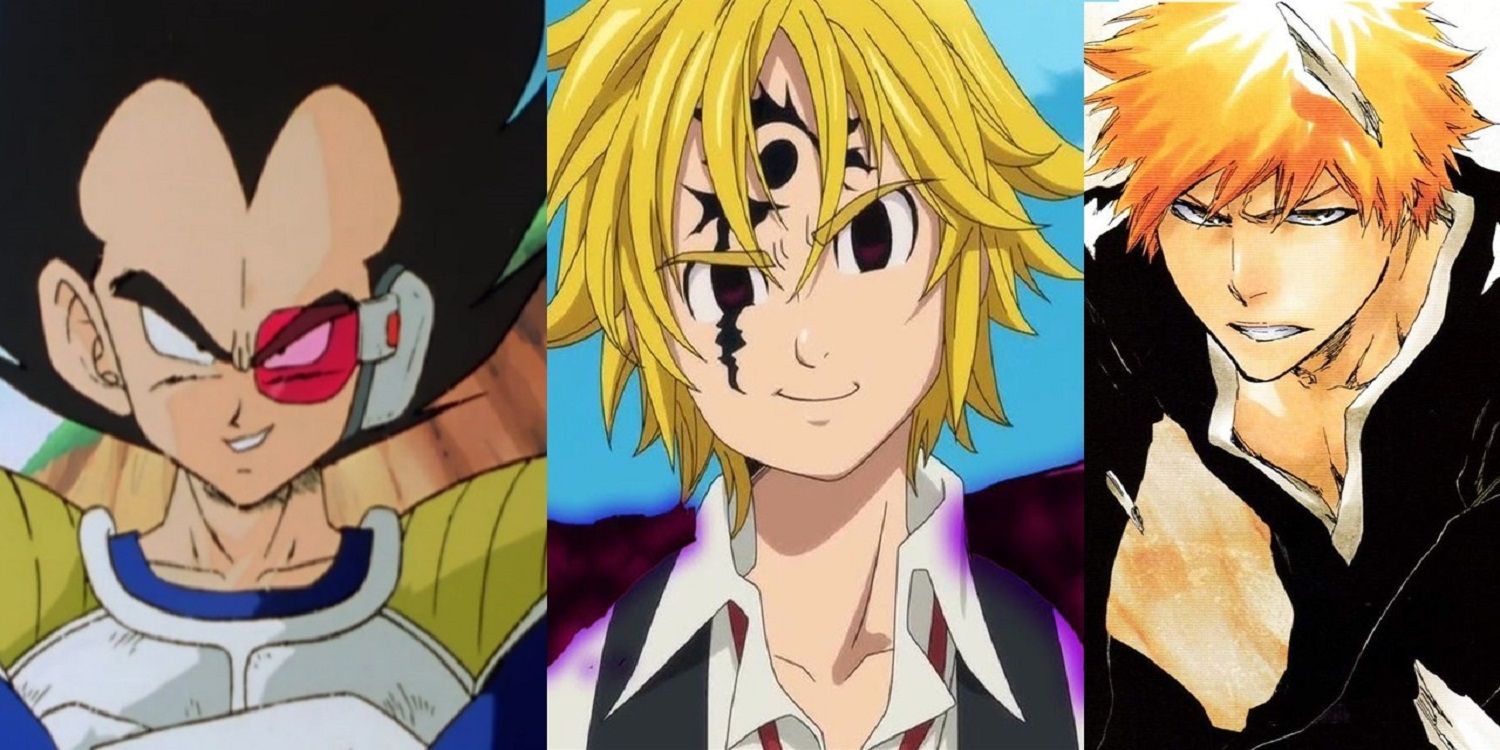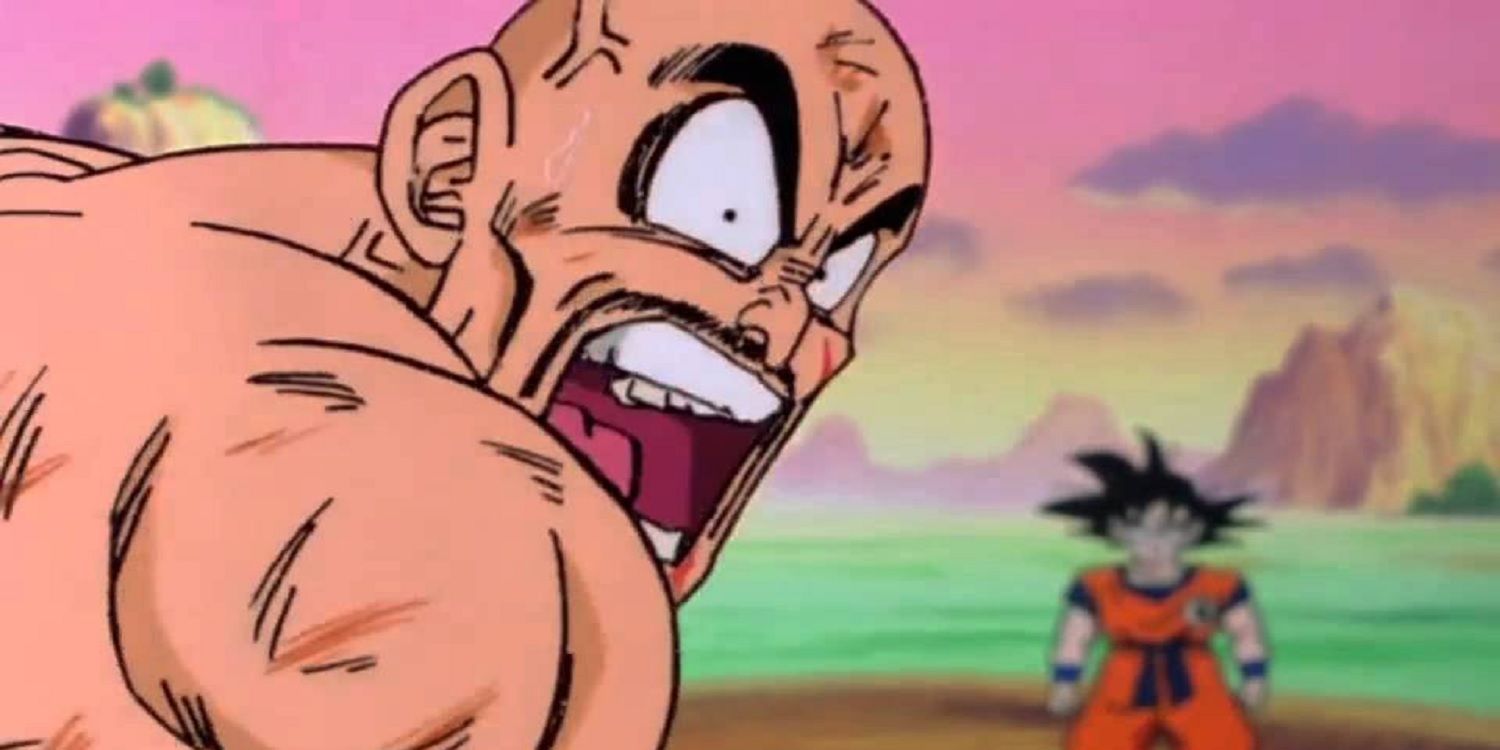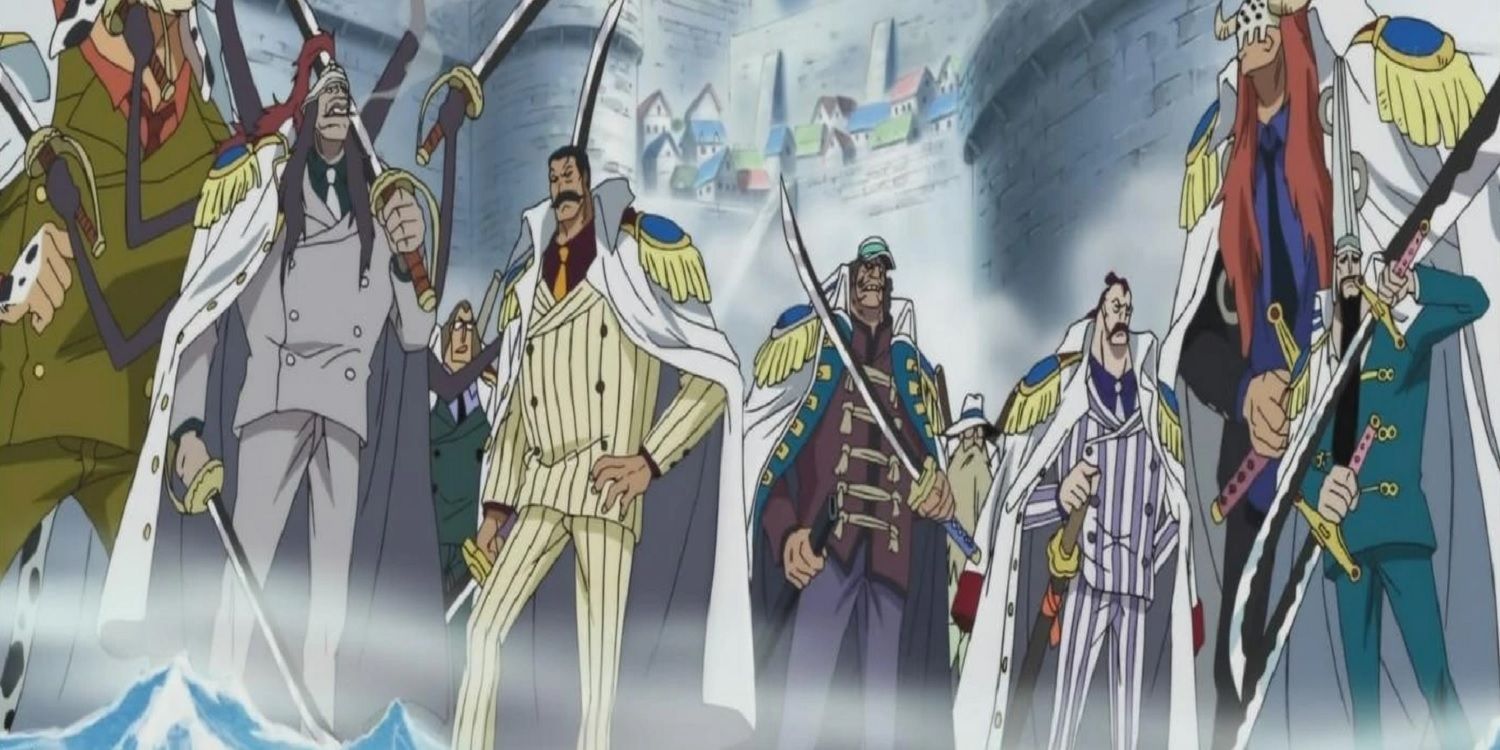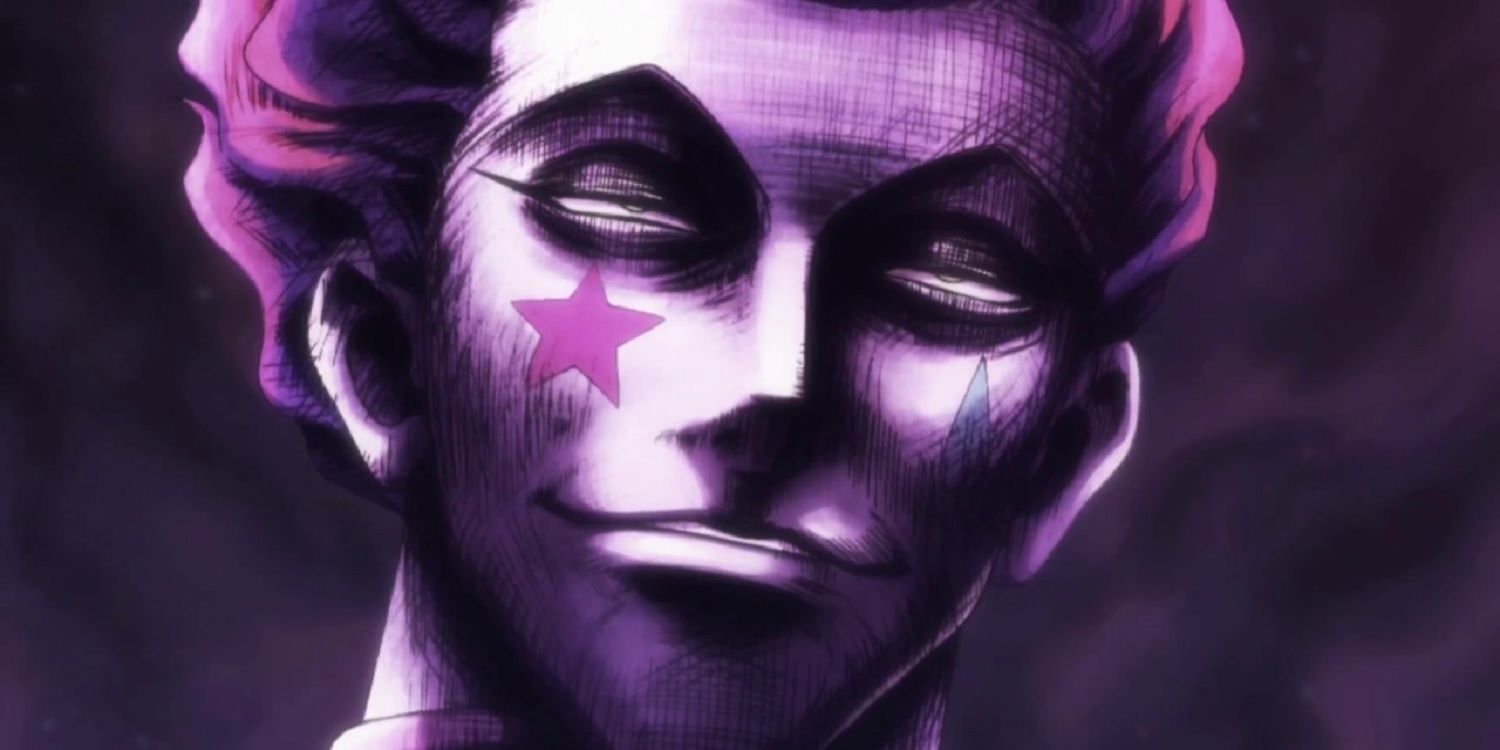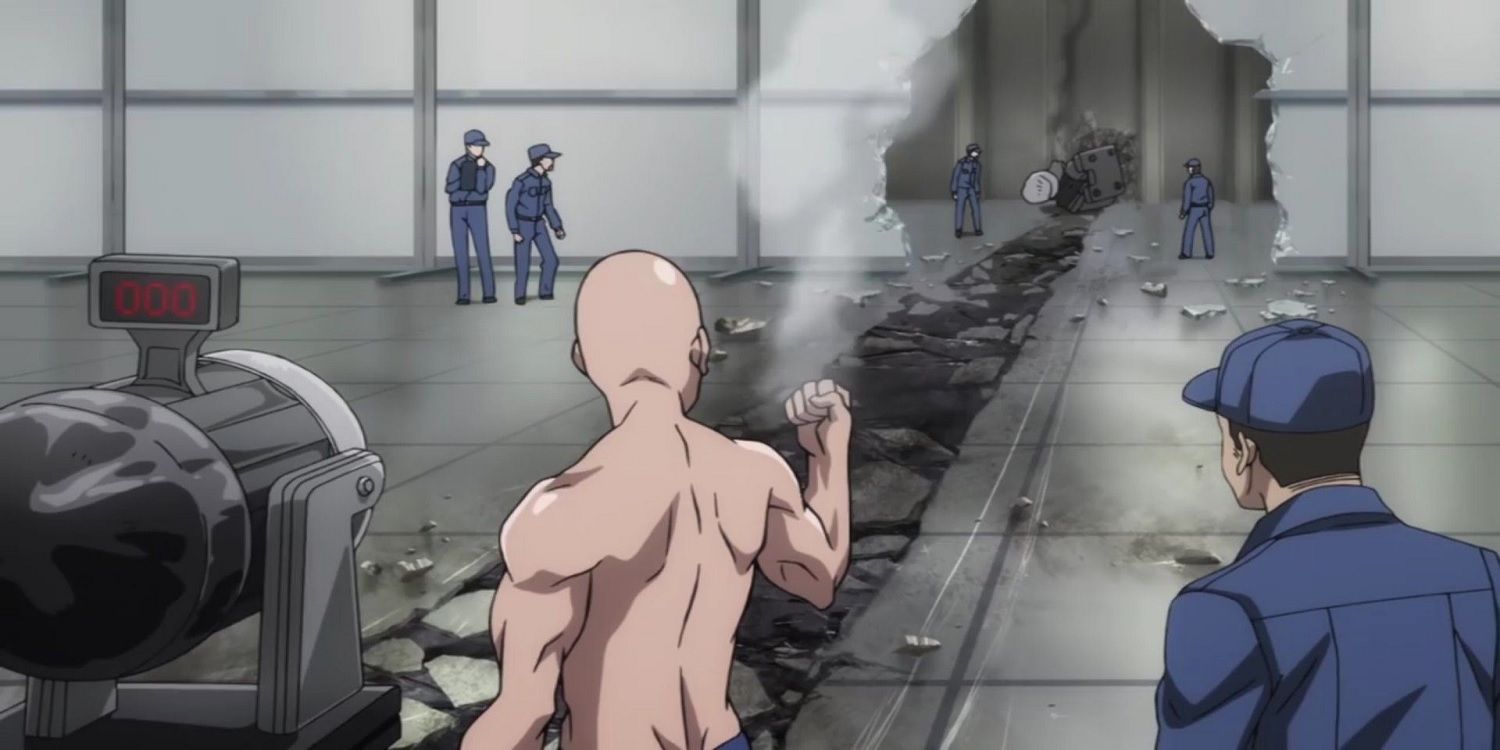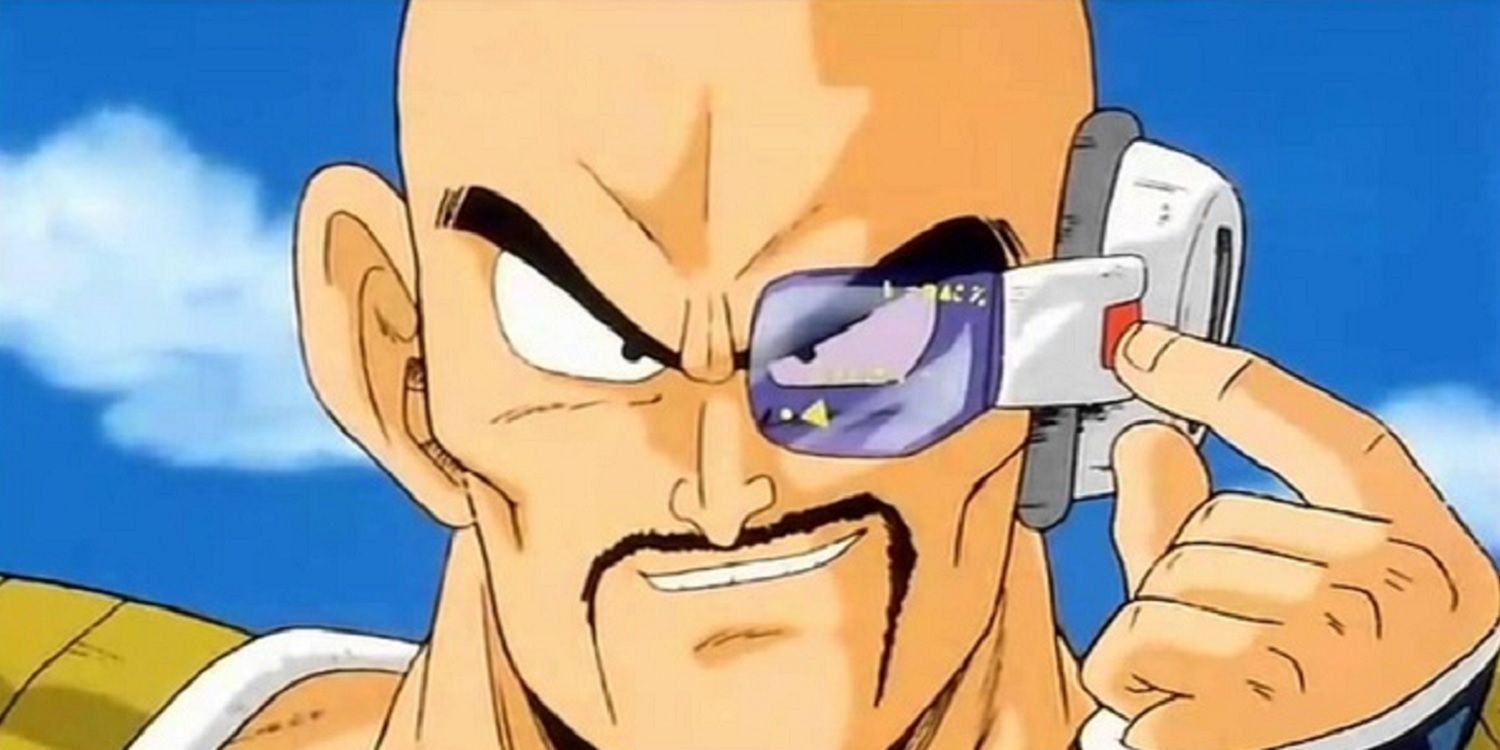Shonen thrives on action. From card games to battles in space, good shonen always have great action. However, for all the grand fights, exciting tournaments and the characters that make us invested, the genre does have a glaring problem: power levels. By making the true power of a character tangible, the action is ruined.
Power levels are a mainstay of the genre and can take many forms. The most common type of "power measurement" is a number, but these also come in the form of character rankings, energy reserve amounts and even the idea of using "x percent of power" at a time. While having rules for characters to work within is fine, power levels make fights a waste of time at worst, and boring at best.
The Beginning of Power Levels
One of the earliest examples of power levels in mainstream shonen is, without a doubt, Dragon Ball Z. In the series' earlier arcs, characters like Vegeta and Freiza wore Scouters, devices that showed each character's odds of winning by measuring their power level. Using these measurements, characters would pre-judge the outcome of a fight -- or skip the fight entirely -- based purely on the numbers given by the Scouter. In theory, these measurements would make for an exciting battle when Goku, outclassed in power by Freiza's men, somehow pulled off a new technique or transformation, eking out a victory. But, in practice, this simply meant the time dedicated to the back-and-forth of power levels was a waste, as Goku -- or anyone -- could overcome the difference in strength with the power of being the protagonist.
Power Levels Across Shonen
Power levels aren't just restricted to numbers. The battle strength of a character is often also measured by their ranking within whatever groups they're a part of. The Espadas featured in Bleach are a textbook example of "power rankings." The villainous Sosuke Aizen marked his Shinigami-Hollow hybrids with numbered tattoos, with their actual power and rank decreasing as the tattoo increased in value.
Power rankings are also rampant in One Piece, especially within the Marines faction. From Admiral to Ensign, the rank of Marine the Straw Hats face is meant to be a measure of difficulty for the fight ahead. The ability to potentially write off an entire fight based on a character's ranking, again, makes the fight a waste of time. There are no stakes if the rank says everything a viewer needs to know and, if it doesn't, why is it there?
Even not-quite-shonen like Tokyo Ghoul fall prey to the ranking trap. Every character seems to have a rank of some sort. Ghouls are "rated" from "C-Rate" to "SSS-Rate," while Ghoul Investigators are ranked from Rank 3 to Rank 1 and again from First Class to Special Class. The criteria to be in any of these rankings are consistently unclear and, for the Ghouls, it gets to the point where it seems like everyone is either SS or SSS-Rate -- rendering the whole system moot. If everyone's the strongest, then no one is.
The Magic of Unpredictable Battles
Believe it or not, shonen can operate without explicit power levels. All a fight needs to be exciting are stakes. Saving the world, avenging a friend or just the thrill of fighting -- by establishing stakes, exciting battles are a given. Stakes give every fight a reason to happen and, with that, added flexibility for the characters.
This is where unknown power levels come into play. By making a character's true strength a mystery, the audience is left to imagine the outcome of each fight. Making a character's true power a tangible concept takes away that excitement, making every fight a series of type match-ups, usually forced to be interesting by way of constant monologue-ing and explanation, which takes away from the action and disrupts the mood.
Shonen thrives on action and actions speak way louder than words. Power levels can be completely circumvented simply by showing how powerful each character is. Numbers put characters in a box, almost literally telling viewers what each one can or can't do to certain characters during fight scenes. But simply showing the limits of each fighter is a much more exciting way of doing the same, while leaving enough wiggle room for characters to "go beyond," as they say.
One Punch Man, is a series that has perfected this, all while lampooning the short comings of power levels. Protagonist Saitama is strong enough to defeat all challengers with one punch, but is stuck at the lowest rank of hero for completely arbitrary reasons. But viewers get to see Saitama's might for themselves -- they get to see him try to pull off that one punch every time. It's much more exciting than being told he can do it.
Why Power Levels are Redundant
Turning a character's power into numbers and taking the time to develop the rules and conditions around such a system can be interesting if done right. Series like Jujutsu Kaisen do this well, mostly by making power levels a function of in-world politics.
But, more often, they make things unnecessarily complicated. After all, establishing power levels is pointless when the main character will inevitably cut through all of that and overpower his enemies. Often, the investment by the audience into the system is betrayed by plot convenience and power creep -- usually resulting in power levels being removed later on in many series.
But good shonen doesn't need to rely on numbers to build excitement. Anime and manga are visual mediums -- anything that can be said, can be shown. The genre as a whole would benefit if creators just laid off the numbers game a bit.

